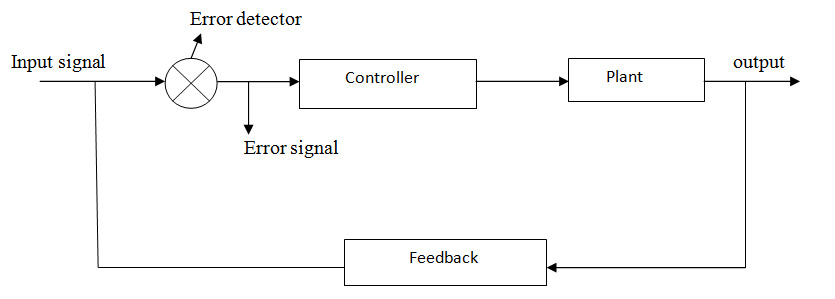Control System PPT | PowerPoint Presentation | PDF
Control System PPT | PowerPoint Presentation | PDF: A system is a combination of a number of equipment or components connected in a sequence to perform a specific function. In a system, when the input quantity is controlled by varying the input quantity then the system is called as a control system. The meaning of control is to regulate or to direct or to command and therefore, a control system is an arrangement of distinct physical components connected in such a manner so as to regulate or to direct or to direct or to command itself or some other system.
Also See: Smart Quill Seminar and PPT with PDF
Control System PPT | PowerPoint Presentation | PDF
Introduction to Control System
In a control system, the variations in the output quantity are continuously through feedback and compared with the input quantity. The excitation signal given to the system is a reference input and the output quantity is called as a response.

Fig1: A Control System
The basic components of a control system are as below:
- Plant
- Feedback
- Controller
- Error detector
The combined unit or error detector, controller, plant, and feedback make a complete automatic control system.
Also See: Sensors on 3D Digitization ppt
- Plant: The portion of a system that is to be controlled or regulated is called a plant or process. It is a unit where actual processing is performed and if we observe in the above figure, the input of the plant is the controlled signal generated by a controller. A plant performs necessary actions on a controlled system and produces the desired output.
- Feedback: It is a controlled action in which the output is sampled and a proportional signal is given to the input for automatic correction of any changes in the desired output. The output is given as feedback to the input for correction i.e. information about the output is given to input for correcting the changes in output due to disturbances. The feedback signal is fed to the error detector. Negative feedback is preferred as it results in better stability and accuracy. The other disturbance signals are rejected.
- Error detector: The function of the error detector is to compare the reference input with the feedback signal. It produces an error signal which is a difference of two inputs which are a reference signal and a feedback signal. The error signal is fed to the controller for necessary controlled action. This error signal is used to correct the output if there is a deviation from the desired value.
- Controller: the element of a system within itself or external to the system which controls the plant is called as a controller. The error signal will be a weak signal and so it has to be amplified and then modified for better control action. In most of the systems, the controller itself amplifies the error signal and integrates or differentiates to generate a control signal. An amplifier is used to amplify the error signals and the controller modifies the error signal.
Also See: Laser Communication ppt
Open-loop systems:
A system that is not capable of correcting the changes in the output by itself is called as an open-loop system. The diagrammatic representation of an open-loop system is as below:

Fig2: Open-loop system
Output quantity has no effect upon the input quantity; output is not given as feedback to the input for correction. When the output changes due to external disturbances then it is not followed by the changes in input to correct the output.
Advantages of open-loop system:
- The open loop systems are simple and economical.
- They are easier to construct.
- The open-loop systems are stable.
Disadvantages of open-loop system:
- The open loop systems are inaccurate and unreliable.
- The changes in the output due to external disturbances are not corrected automatically.
Also See: Human Detection ppt
Closed-loop systems:
Control systems in which the output has an effect upon the input quantity in such a manner so as to maintain the desired output are called as closed-loop systems. The open-loop systems can be modified as closed-loop systems by providing feedback. The changes in the output due to disturbances are corrected automatically by using feedback. The diagrammatic representation of a closed-loop system is as follows:

Fig3: closed loop system
Advantages of closed-loop system:
- Closed-loop systems are accurate.
- They are accurate even in the presence of nonlinearity.
- They are more stable.
- They are less affected by noise.
Also See: Silent Sound Technology ppt
Disadvantages of closed-loop system:
- They are complex and expensive.
- The feedback in the closed-loop system may leave to the oscillatory response.
- More care is needed to design a closed-loop system.
- The overall gain of the system is reduced due to feedback.
Different examples of control systems:
Distinct examples of control systems are as follows:
- Liquid level control system
- Room temperature control system
- Traffic control system
- Home heating systems
Also See: Li Fi Technology ppt
Content of the PPT and PDF for Control System
- Introduction
- Definition
- Components of Control System
- Types of Control Systems
- Examples of Control Systems
- Reference
Here we are giving you Control System PPT with PDF. All you need to do is just click on the download link and get it.
Control System PDF Free Download
It was all about Control System PPT with PDF. If you liked it then please share it or if you want to ask anything then please hit the comment button.


Leave a Reply